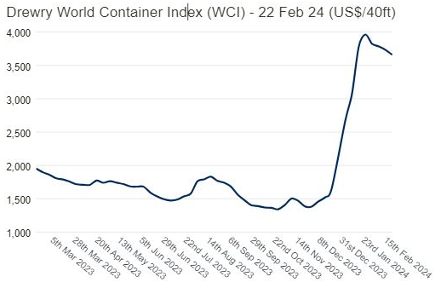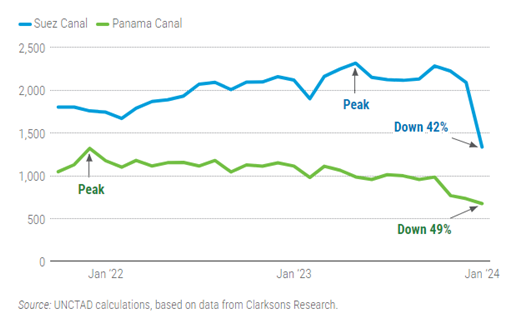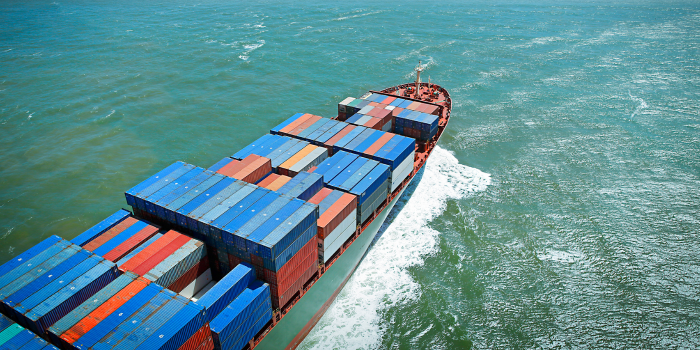Northline’s newest purpose-built depot in Bundamba set to open on 15 July
We are pleased to announce that Northline's Brisbane depot will start operating from our new...
Read more



We are pleased to announce that Northline's Brisbane depot will start operating from our new...
Read more
Northline’s long-standing partnership with the NT Minnows continued this year, assisting...
Read more